IT Band Syndrome – Injury to Movement
Iliotibial band syndrome (IT) is a pain many workout enthusiasts, runners, and cyclists can experience.
Lost your password? Please enter your email address. You will receive a link to create a new password.
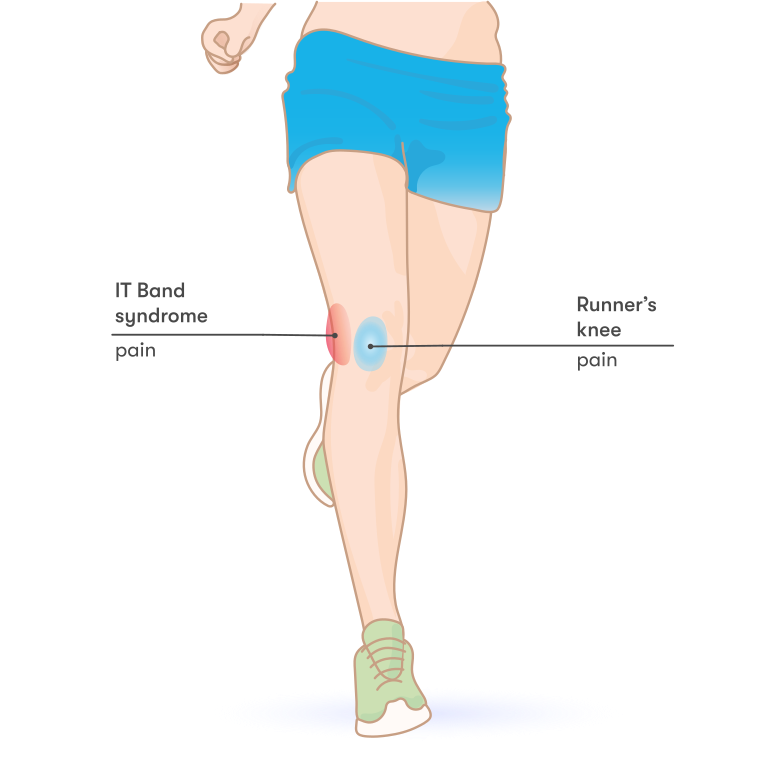
Iliotibial band syndrome (IT) is a pain many workout enthusiasts, runners, and cyclists can experience.

As a sports medicine physician, my job requires me to evaluate and treat injuries. What I am passionate about, however, is injury prevention and sport maximization! So, for those of you who don’t want to be “sidelined” for the ski season… read on and start training smarter!
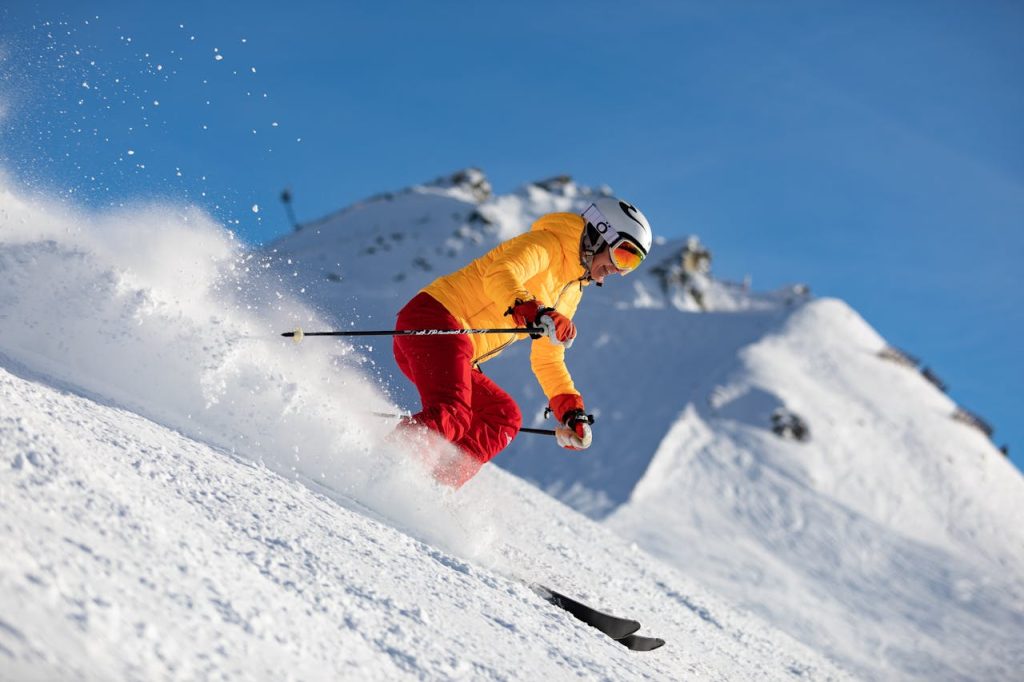
Tens of thousands of skiers and snowboarders enjoy snow sports every year, however few prepare for the physical demands that these sports place on the body. Different sports use different muscles in different ways – if your muscles are prepared they will perform and injuries will be reduced. If you have been exercising all year and are merely switching into your “ski/snowboard” mentality, you should anticipate that you will need about 6 weeks for the body to adapt to the new activity and/or exercise before it’s ready to take on the challenges of the mountain. If, however, you have not been exercising, you will need a directed exercise program focused on the specific muscles required for at least 8 to 12 weeks prior to your first day on the slopes!
Depending on how aggressive a winter sport athlete you are, and how old you are, you should start with an assessment of where you’re starting from. I recommend having a baseline functional movement screening (FMS) done by a licensed physical therapist or certified strength and conditioning coach. This type of assessment can help to find your weaknesses and asymmetries to allow you to tailor your strength program to them. By doing this, you can minimize injuries and maximize your performance on the slopes! Starting your strength program early will allow you to enjoy the season to it’s fullest!
Warming up and stretching before hitting the slopes is another consideration. There are many schools of thought about warming up, however it is generally accepted that warming up muscles that will be used for a specific activity is a good way to avoid injuries such as muscle tears. A good warm up routine to use is to perform the activity you’ll be doing at about 1/3 to 1/2 the speed or intensity for 5 to 10 minutes. For example, start on an easy hill even if you’re an intermediate or advanced skier/snowboarder, remind yourself to keep form, look up, move your legs, engage your CORE, etc. Skipping the warmup can result in painful muscle tears that may take as long as 8 to 12 weeks to heal.
Stretching (Pre- and Post-Workout): Stretching your muscles after your warmup increases your flexibility and may help to prevent injuries. Additionally, if you incorporate a cool down into your workout you will increase your overall “fitness” and improve your cardiovascular health. Just 5 minutes of a brisk walk after your main workout can improve your cardiac tone and overall fitness. Believe it or not, the research shows that a cool down is MORE important than a warm up for fitness!
So, the secret to enjoying the slopes is easy… assess early, customize your strength training, and once the snow flies, start your warm up and stretching program on the hill. Happy winter!
MedFit Classroom’s Sports Medicine Fitness Specialist online course is designed to provide fitness professionals with a thorough understanding of common sports injuries and recovery post-medical/surgical intervention with considerations in training, pre and post rehabilitation, nutrition and in some cases medication to support recovery in this population.
Advance your education and specialize with this 10-hour online course!
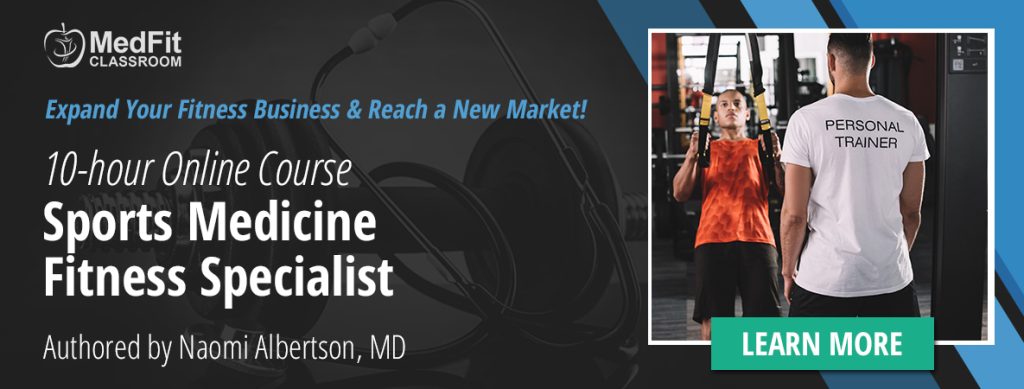
Naomi L. Albertson M.D. is Board Certified by the American Academy of Family Physicians and specializes in the non-surgical management of musculoskeletal problems, sports injuries, concussions, and the treatment of osteopenia and osteoporosis.
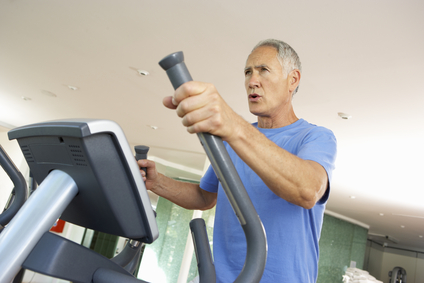
For many exercise professionals, the goal of training and educating clients is to improve health, increase strength and performance, and improve fitness parameters. The concept of reducing injuries may not be high on their radar screens.
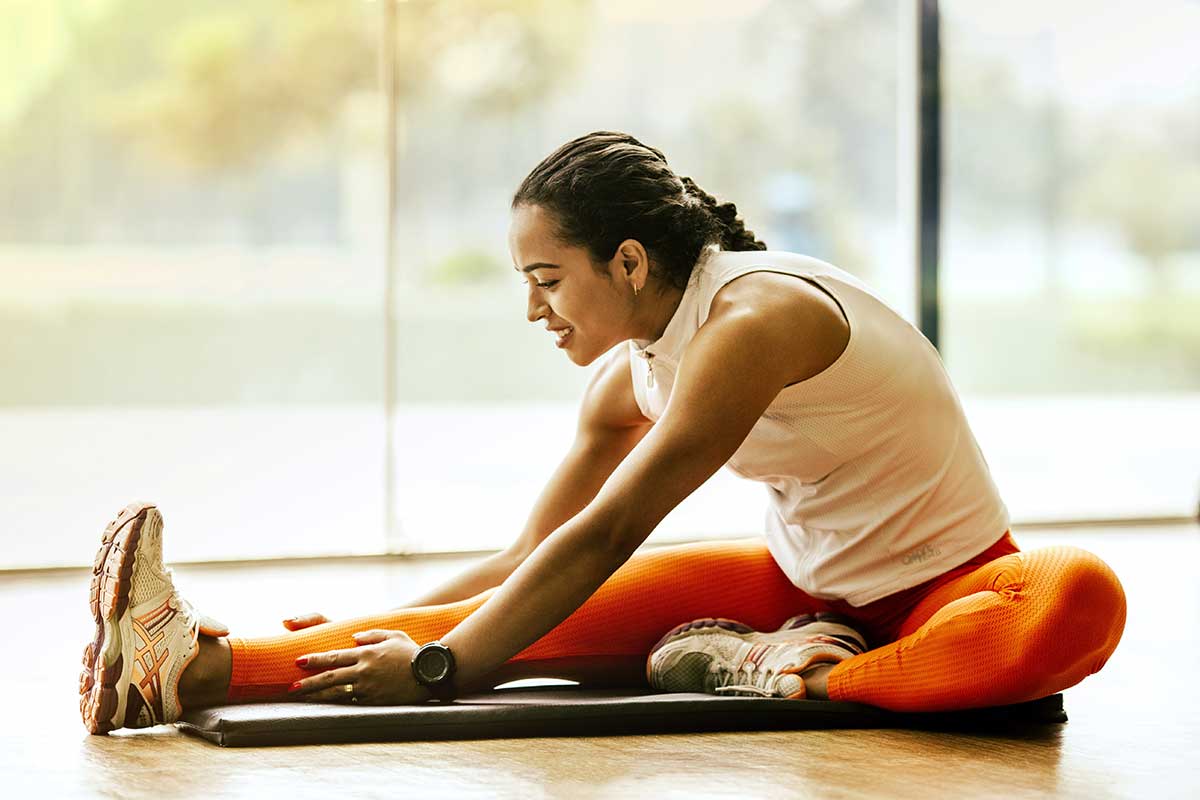
Warm Up. There are many schools of thought about warming up, however it is generally accepted that warming up muscles that will be used for a specific activity is a good way to avoid injuries such as muscle tears. A good warm up routine to use is to perform the activity you’ll be doing at about 1/3 to ½ the speed or intensity for 5 to 10 minutes.

1. Drink sufficient amounts of water to stay not only hydrated, but flushed.
Suggested amount of water intake is… Take your body weight divide in half for normal daily consumption and add another half of that amount for medium to…

We are not as active as we once were. Our lifestyles today do not require as much movement as it once did. A perfect example of this is Giant’s Peapod (need I say anymore). Not being active takes a toil on our bodies and sitting tends to take over our bodies main position in space. For those that are active, injuries may still occur. When a person is not active and does a lot of sitting (or sleeping in awkward positions) or when a person is active and gets injured, our bodies respond by putting our muscle tissues into overdrive. In other words, they end up working harder than they should which leads to adhesions or knots in the fascia (connective tissue found throughout our entire body). This is where foam rolling can be very helpful.
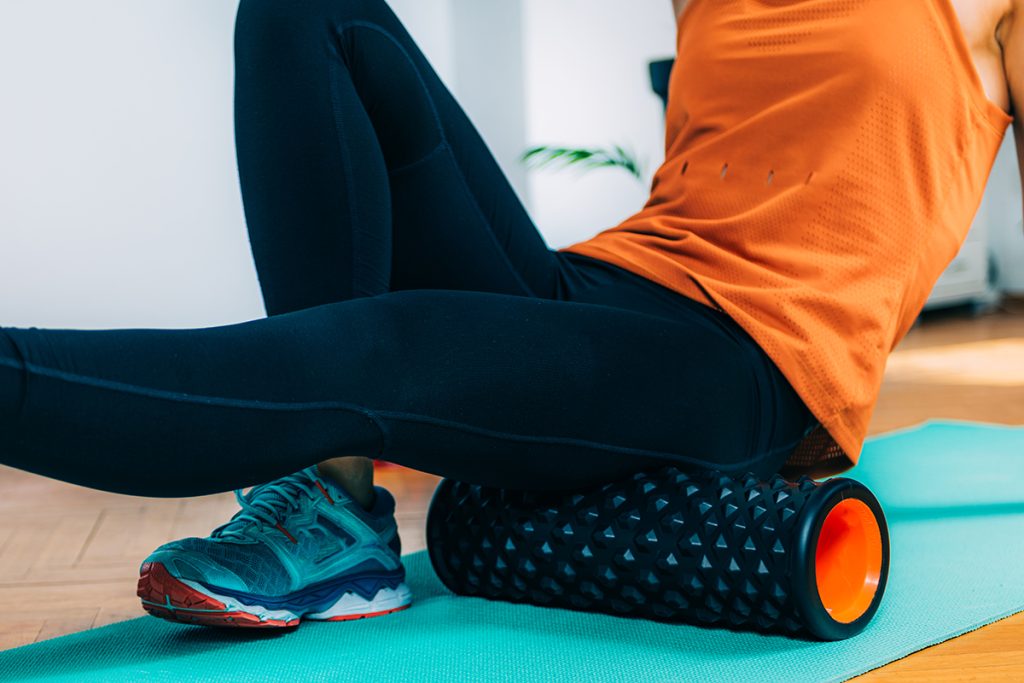
Foam rolling is the concept of applying pressure to a sore or tender muscle that will send a signal to your brain to tell it to relax. If you are familiar with a massage, then, you can think of foam rolling as a self-massage.
According to the National Academy of Sports Medicine (NASM), foam rolling is beneficial to help alleviate and correct discomfort. For example, if a person does a lot of sitting, then most likely their hip muscles will be working overtime. Foam rolling will help the hip muscles to return to a normal state of work. Also, since overworking muscles cause your body to compensate and have poor posture, foam rolling can help to correct bad posture too.
In order to determine what muscles on your body are working overtime, you want to consult with a corrective exercise specialist. This could be a physical therapist, personal trainer or massage therapist (to name a few). They can watch your posture and how you move to determine which muscles need foam rolling. Typical muscles that need foam rolling include one’s: calves, hips, lateral to mid-back, thighs and chest. For example, if one determines their calf muscle is working overtime, the protocol would be to sit down on their butt with the foam roller placed directly underneath their calf muscles. The person would apply pressure by pushing their calf muscle only into the foam roller. If they feel any discomfort, they would hold that spot of discomfort for at least 30 seconds to allow the calf to relax. If a person does foam rolling on a regular basis (I recommend 3-5 times/week for four weeks), they could accomplish significant improvement to their posture, which means less discomfort to their body.
Foam rolling is a proven technique that allows overactive muscles throughout our bodies to return to a state of normalcy. If you have muscles on your body that do not feel normal, foam rolling may be the solution to your problem.
Maurice D. Williams is an Assistant Professor of Health & Human Performance at Freed-Hardeman University, an the owner of Move Well Fitness. With almost two decades in the industry, he’s worked with a wide range of clients, including those with health challenges like diabetes, osteoporosis, multiple sclerosis, hypertension, coronary artery disease, lower back pain, pulmonary issues, and pregnancy.
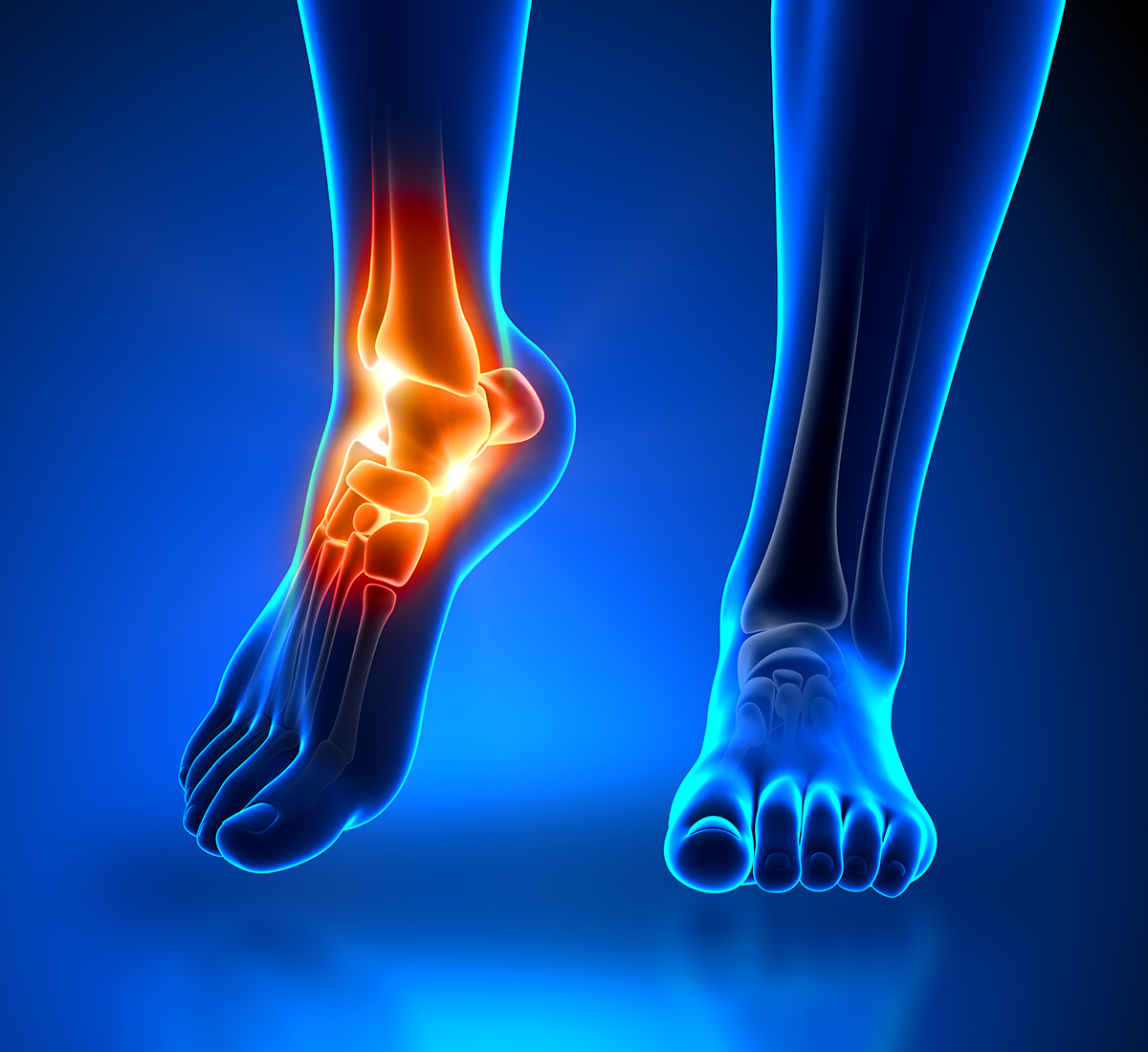
It is a common injury, with 2 million acute ankle sprains happening each year in the US! In addition, it is the most common injury suffered by college athletes making up 15% of all injuries in this population.
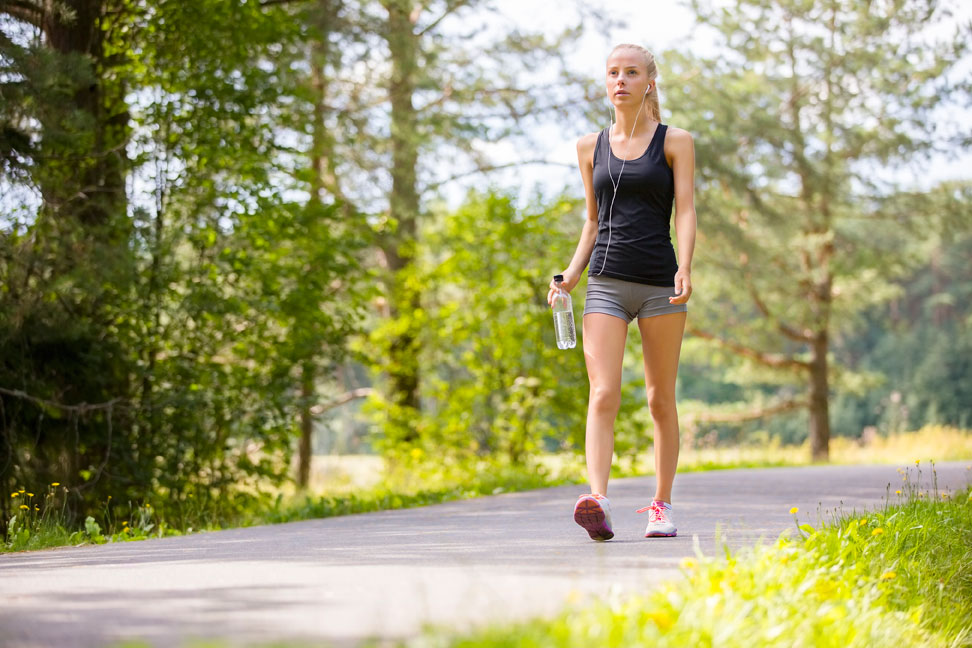
Because I’m a lifelong advocate of fitness walking and injury-free walking, I’m always trying to come up with the simplest way to get walkers to move along the ground in a way that produces the least amount of impact to the feet, knees, hips and lower back. The answer to this dilemma is different depending on whether you’re walking or running. I’ll begin with you walkers.
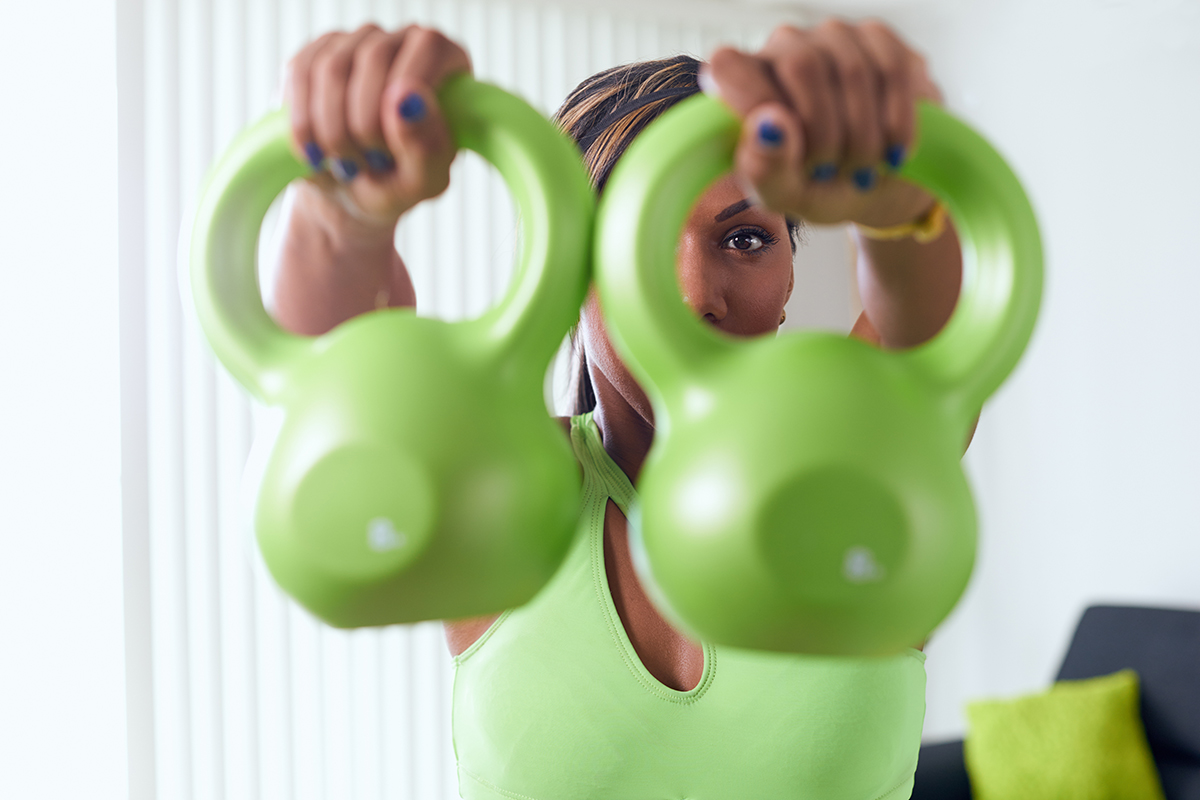
The coronavirus pandemic has had a major effect on all areas of people’s lives, and physical activity levels are no exception. Recent studies show that the pandemic and associated lockdowns prompted many people to go one of two ways with regard to their exercise program. They either decided to work out more in an attempt to get in the best shape of their lives, or chose to spend lockdowns sitting at the computer, watching TV and/or enjoying long phases of inactivity. Both of these choices, while seemingly unrelated, have led to an increased number of people experiencing musculoskeletal injuries.1,2,3
The COVID-19 situation prevented most people from utilizing in-person fitness and exercise services. Consequently, those individuals who decided to increase their physical activity levels often did so without the supervision of a qualified fitness or exercise professional. In addition to engaging in exercise endeavors unsupervised, research found that they tended to work out longer and harder than would have been appropriate, and tried more extreme forms of exercise. This has resulted in many of these people experiencing musculoskeletal overuse injuries.1

Alternatively, individuals who stopped exercising during the pandemic and instead spent more time watching TV, playing computer games, and generally sitting for longer periods of time became deconditioned. Once lockdowns and COVID-19 restrictions began to ease up, these people experienced musculoskeletal injuries as they tried to return to their pre-pandemic exercise levels in a deconditioned state. 1,2
Corrective exercise specialists and fitness professionals well-versed in corrective exercise methodologies are uniquely positioned to help people overcome pain, injuries and musculoskeletal issues that have arisen as a result of over- or under-exercising during the pandemic.
Helping Over-Exercisers
Clients who sustained overuse injuries in their pandemic pursuit of ultimate fitness will benefit most from incorporating activities into their exercise regime that actively promote rest, recovery and rejuvenation. Coach these people to take days off from strenuous activity to instead perform self-myofascial release and gentle stretching exercises appropriate for their musculoskeletal issue or condition. Areas of the body that were overly-strained, stressed and/or injured during high levels and intensities of exercise should now be prioritized with these corrective exercise techniques.4
Helping Under-Exercisers
A deconditioned client trying to resume their pre-pandemic physical activity levels without adequate reintroduction will benefit from the application of gradual progression. Coach them about the need to address musculoskeletal changes that have occurred as a result of prolonged static postures like sitting, and the importance of slowly reintroducing exercise stress to help safeguard their body from the pain and injury that can result if they overdo it upon returning to the gym.4
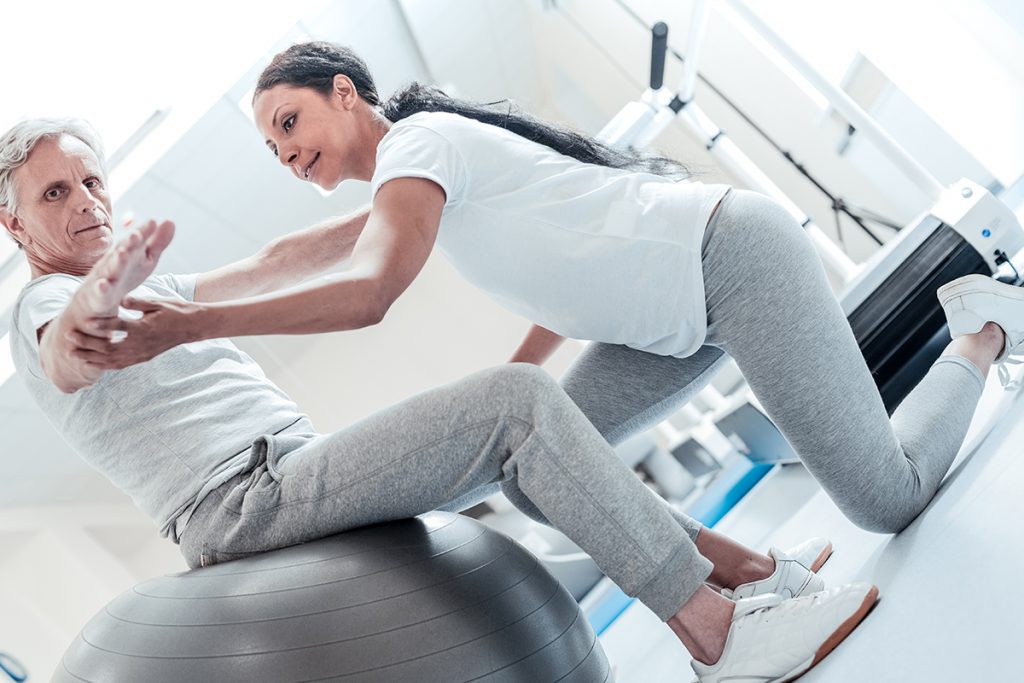
As the availability of in-person exercise and fitness services begins to resume, corrective exercise specialists are in a unique position to assist people that have sustained musculoskeletal injuries as a result of too much or too little exercise. Whether helping clients get over pain and injuries incurred during the pandemic, or reintroducing exercise safely to those who are unfit and out of shape as a result of long periods of inactivity, expertise in the area of corrective exercise is now more important than ever.
Justin Price is one of the world’s foremost experts in musculoskeletal assessment and corrective exercise and creator of The BioMechanics Method Corrective Exercise Specialist certification (TBMM-CES). The BioMechanics Method is the fitness industry’s highest-rated CES credential with trained professionals in over 70 countries. Justin is also the author of several books including The BioMechanics Method for Corrective Exercise academic textbook, a former IDEA Personal Trainer of the Year, and a subject matter expert for The American Council on Exercise, Human Kinetics, TRX, BOSU, MFN, Arthritis Today, BBC, Discovery Health, Los Angeles Times, Men’s Health, MSNBC, New York Times, Newsweek, Time, Wall Street Journal, WebMD and Tennis Magazine.
References